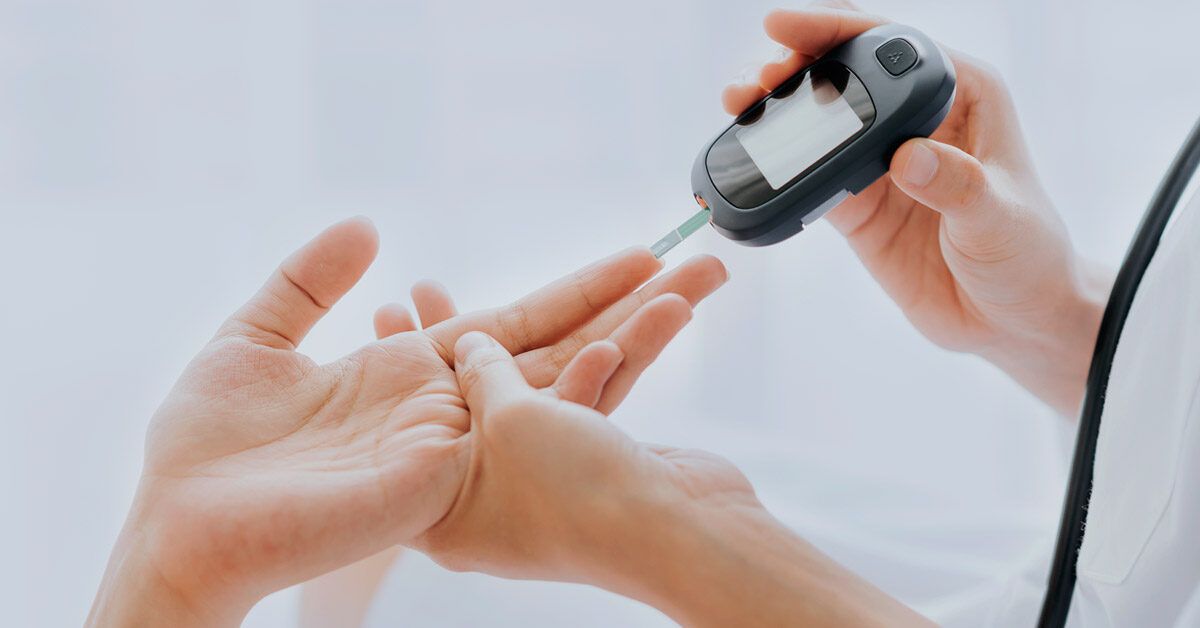
Overview
Symptoms
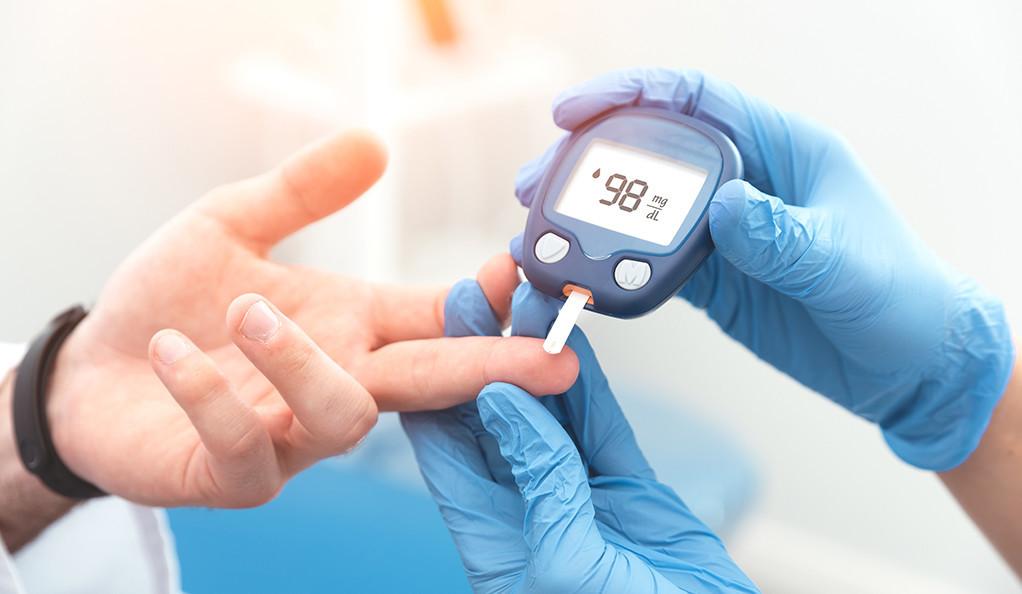
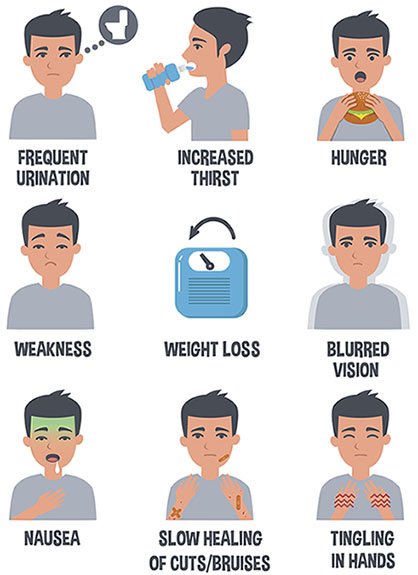
- feeling very thirsty
- needing to urinate more often than usual
- blurred vision
- feeling tired
- losing weight unintentionally
- Over time, diabetes can damage blood vessels in the heart, eyes, kidneys and nerves.
Type 1 diabetes

Type 2 diabetes
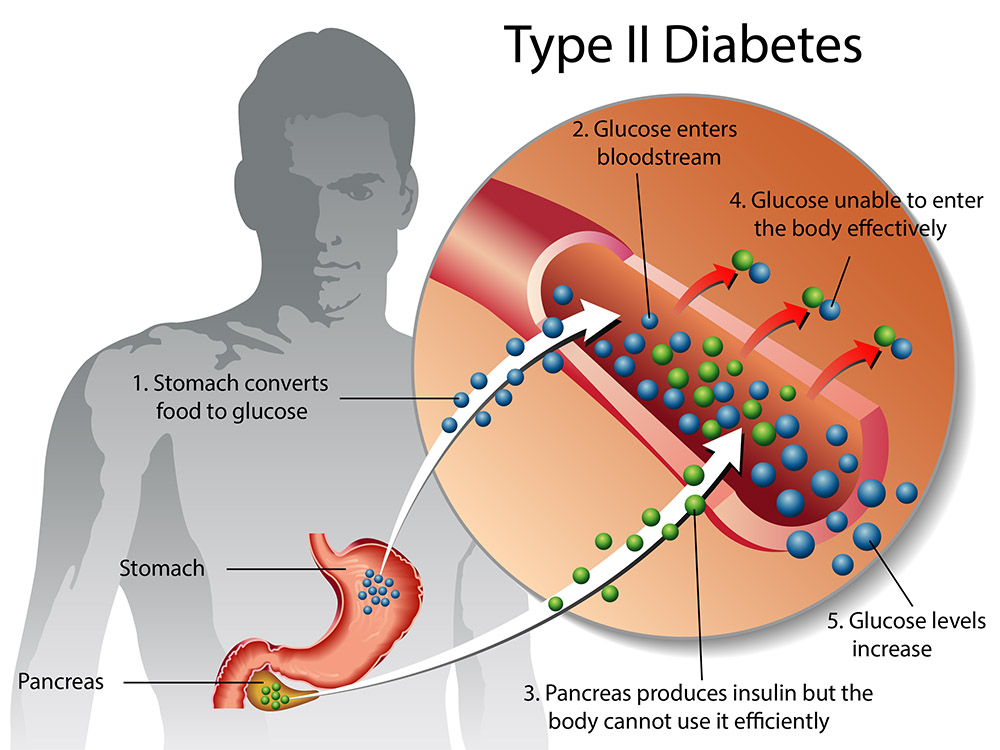
Gestational diabetes

Impaired glucose tolerance and impaired fasting glycaemia
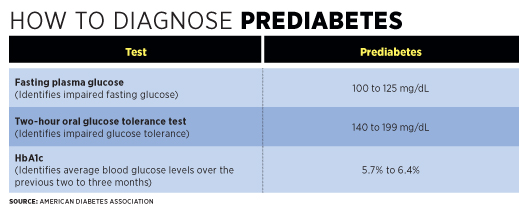
Prevention
Diagnosis and treatment
- metformin
- sulfonylureas
- Along with medicines to lower blood sugar, people with diabetes often need medications to lower their blood pressure and statins to reduce the risk of complications.
- foot care to treat ulcers
- screening and treatment for kidney disease
- eye exams to screen for retinopathy (which causes blindness).
